Plastic kitchenware food storage containers have become an essential part of our modern households. These versatile and convenient containers not only help in preserving the freshness and flavor of our food but also aid in organizing and streamlining our kitchen. In this article, we will explore the various types of plastic kitchenware food storage containers, their benefits, and how to make the most out of their usage. 1. Choosing the Right Type of Plastic Kitchenware Food Storage Containers: Plastic kitchenware food storage containers come in various sizes, shapes, and materials. When selecting the right containers for your needs, consider the following factors: a. Material: Look for containers made from BPA-free, food-grade plastic to ensure the safety and quality of your stored food.
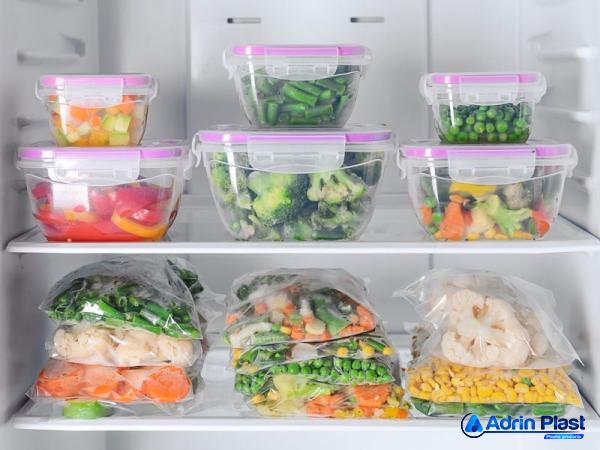
.
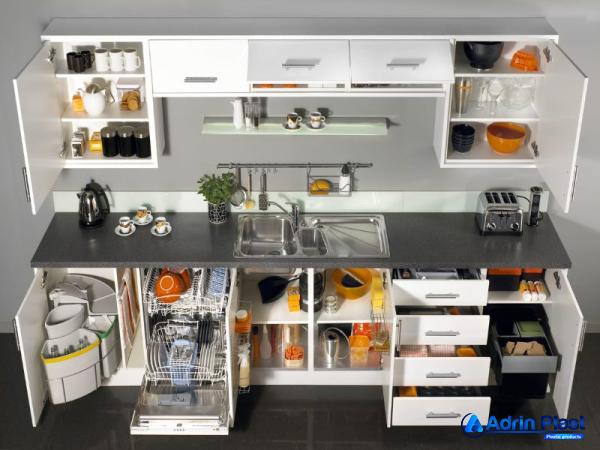 b. Size and Shape: Assess your storage needs and choose containers that can accommodate your food quantities while fitting well in your fridge or pantry. c. Sealing Mechanism: Opt for containers with airtight seals that prevent air and moisture from entering, keeping your food fresher for longer. 2. Benefits of Plastic Kitchenware Food Storage Containers: Plastic kitchenware food storage containers offer several advantages over other storage options: a. Versatility: These containers can safely store a wide range of food items, from leftovers and packed lunches to prepped ingredients and bulk pantry items. b. Durability and Reusability: High-quality plastic containers can withstand regular use, dishwasher cycles, and even occasional drops without compromising their integrity.
b. Size and Shape: Assess your storage needs and choose containers that can accommodate your food quantities while fitting well in your fridge or pantry. c. Sealing Mechanism: Opt for containers with airtight seals that prevent air and moisture from entering, keeping your food fresher for longer. 2. Benefits of Plastic Kitchenware Food Storage Containers: Plastic kitchenware food storage containers offer several advantages over other storage options: a. Versatility: These containers can safely store a wide range of food items, from leftovers and packed lunches to prepped ingredients and bulk pantry items. b. Durability and Reusability: High-quality plastic containers can withstand regular use, dishwasher cycles, and even occasional drops without compromising their integrity.
..
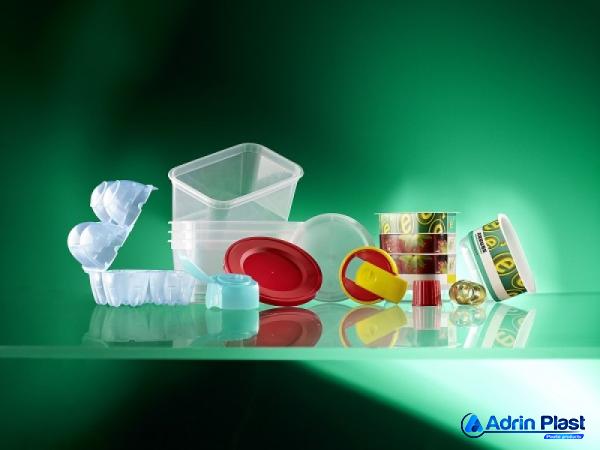 c. Space Optimization: Plastic kitchenware containers often come with stackable designs, allowing you to maximize the available space in your fridge or pantry. d. Portability: Lightweight and compact, these containers are ideal for on-the-go meals, picnics, and outdoor events. 3. Making the Most out of Plastic Kitchenware Food Storage Containers: To ensure the effectiveness of your plastic kitchenware food storage containers, follow these tips: a. Proper Storage Techniques: Always store food in clean, dry containers to avoid bacterial growth. Allow hot foods to cool before transferring them to plastic containers. b. Labeling and Date-Marking: Make use of labels or marker pens to indicate the contents and date of storage. This helps in identifying food items and ensures you consume them before they spoil. c. Efficient Organization: Utilize the stackable design feature of plastic kitchenware containers to create an orderly system in your fridge or pantry.
c. Space Optimization: Plastic kitchenware containers often come with stackable designs, allowing you to maximize the available space in your fridge or pantry. d. Portability: Lightweight and compact, these containers are ideal for on-the-go meals, picnics, and outdoor events. 3. Making the Most out of Plastic Kitchenware Food Storage Containers: To ensure the effectiveness of your plastic kitchenware food storage containers, follow these tips: a. Proper Storage Techniques: Always store food in clean, dry containers to avoid bacterial growth. Allow hot foods to cool before transferring them to plastic containers. b. Labeling and Date-Marking: Make use of labels or marker pens to indicate the contents and date of storage. This helps in identifying food items and ensures you consume them before they spoil. c. Efficient Organization: Utilize the stackable design feature of plastic kitchenware containers to create an orderly system in your fridge or pantry.
…
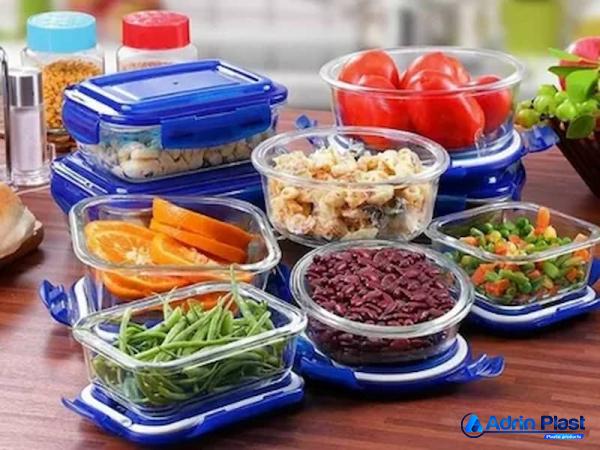 Group similar items together for easy access. d. Avoid Heat and Stain Sources: While plastic containers are generally microwave-safe, heating food in them can result in warping or melting. Similarly, avoid storing heavily dyed or acidic foods in plastic containers to prevent staining or flavor transfer. Conclusion: Plastic kitchenware food storage containers are an essential investment for any kitchen. By choosing the right type, utilizing their benefits, and following efficient storage practices, you can extend the shelf life of your food, reduce waste, and keep your kitchen well-organized. Embrace the convenience and versatility of plastic kitchenware food storage containers for a more efficient and enjoyable cooking experience.4. Cleaning and Maintenance of Plastic Kitchenware Food Storage Containers: To ensure the longevity of your plastic kitchenware food storage containers, it’s important to clean and maintain them properly: a. Handwashing: Most plastic containers are dishwasher-safe, but regular handwashing is recommended for a thorough clean. Use warm, soapy water and a non-abrasive sponge or cloth to remove any food residue or stains. b. Stain Removal: If you notice any stubborn stains on your containers, create a paste of baking soda and water and gently scrub the affected areas. Rinse well to remove the paste and any remaining stains. c. Odor Elimination: Plastic containers can sometimes retain strong odors. To combat this, mix equal parts of water and white vinegar and soak the containers for a few hours.
Group similar items together for easy access. d. Avoid Heat and Stain Sources: While plastic containers are generally microwave-safe, heating food in them can result in warping or melting. Similarly, avoid storing heavily dyed or acidic foods in plastic containers to prevent staining or flavor transfer. Conclusion: Plastic kitchenware food storage containers are an essential investment for any kitchen. By choosing the right type, utilizing their benefits, and following efficient storage practices, you can extend the shelf life of your food, reduce waste, and keep your kitchen well-organized. Embrace the convenience and versatility of plastic kitchenware food storage containers for a more efficient and enjoyable cooking experience.4. Cleaning and Maintenance of Plastic Kitchenware Food Storage Containers: To ensure the longevity of your plastic kitchenware food storage containers, it’s important to clean and maintain them properly: a. Handwashing: Most plastic containers are dishwasher-safe, but regular handwashing is recommended for a thorough clean. Use warm, soapy water and a non-abrasive sponge or cloth to remove any food residue or stains. b. Stain Removal: If you notice any stubborn stains on your containers, create a paste of baking soda and water and gently scrub the affected areas. Rinse well to remove the paste and any remaining stains. c. Odor Elimination: Plastic containers can sometimes retain strong odors. To combat this, mix equal parts of water and white vinegar and soak the containers for a few hours.


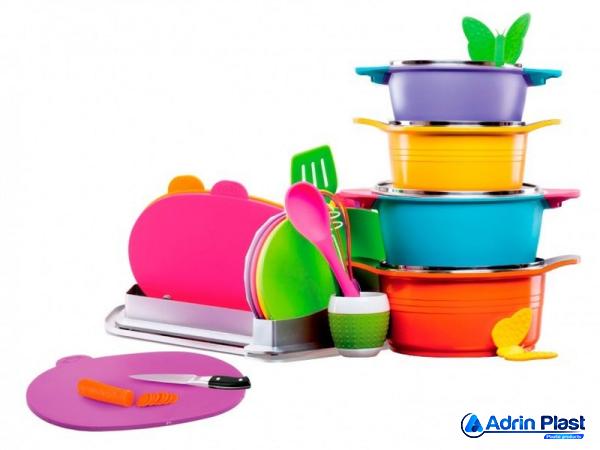
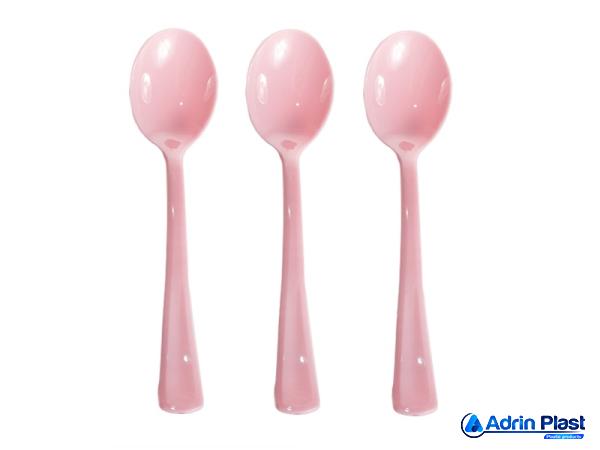
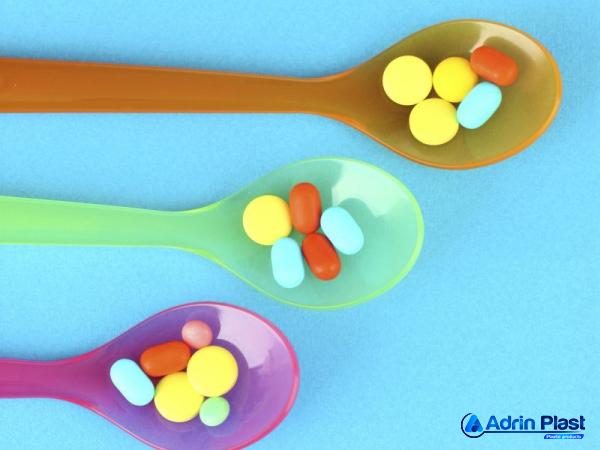
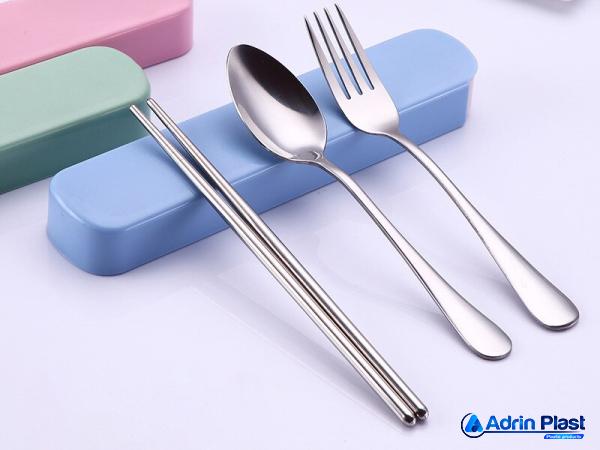
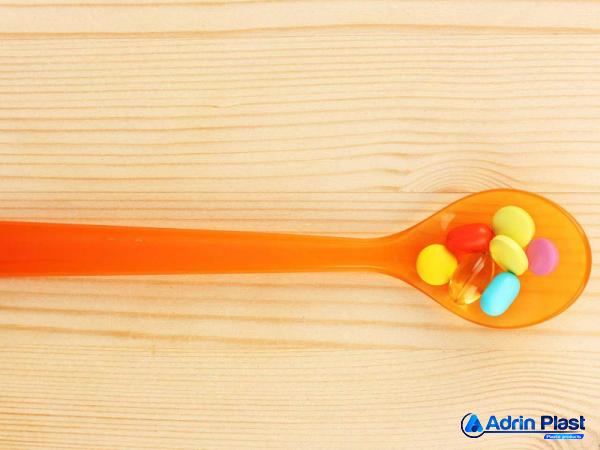
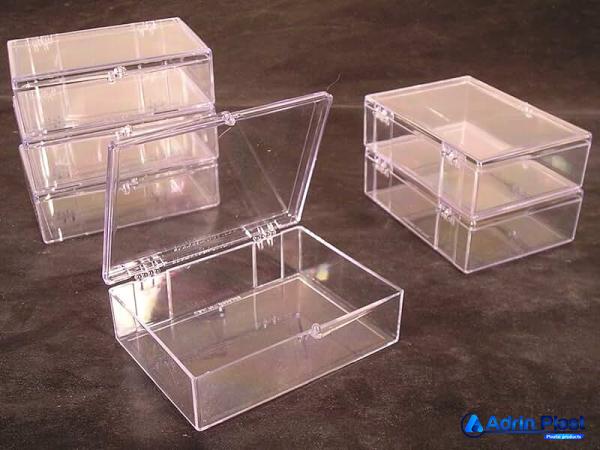
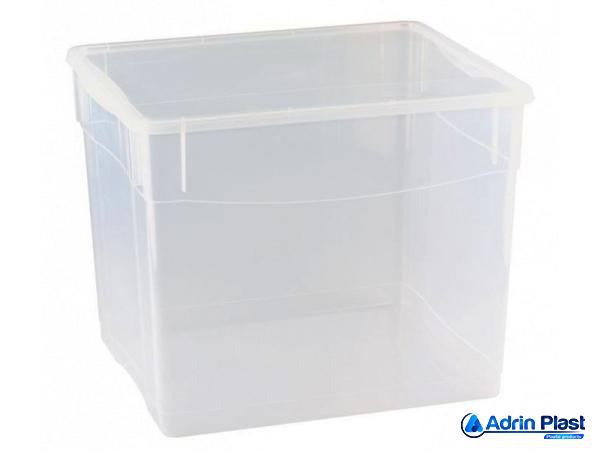
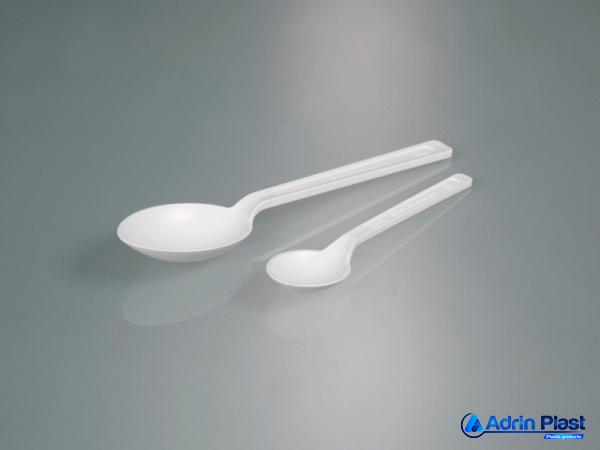
Your comment submitted.